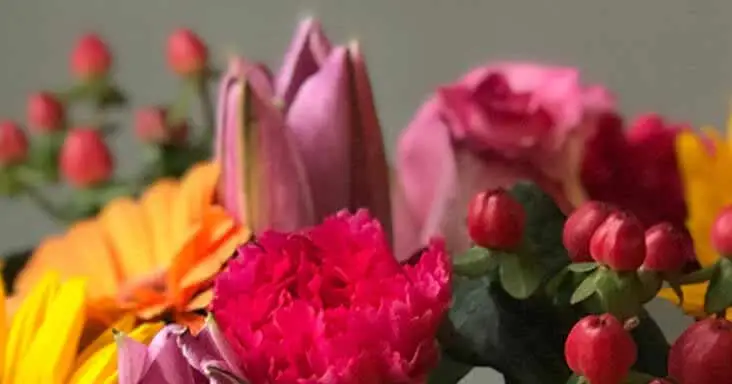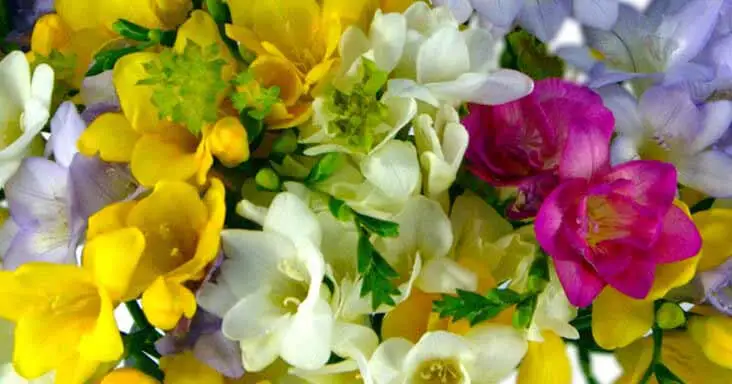May 1st – or “May Day”
Although not the official start of summer in the modern calendar, May Day is traditionally celebrated as the start of summer. There are a great many traditions surrounding this day – many of which are centuries old – some are geographically specific, whereas others are more well known (although possibly no longer actively practised throughout the UK).
Origins of "May"
The month of May was most likely named after "Maia" – the Greek goddess (please see: this Wikipedia entry for more on Maia. (Maia was the eldest of seven sisters and was famed for being the most beautiful and the shyest of all the sisters and was also the goddess of fields.
The birthstone for may is the Emerald, and the traditional bird associated with May is the Nightingale. The flower for the month is lily of the valley (or the hawthorn).
Maypole Dancing
Children (and adults) after much practising, put on a type of dance around the “May pole” where each of them hold a long ribbon attached to the top of the “pole” at the centre. As they dance around the pole a pattern is made of the ribbons from the top of the pole downwards. This is often part of a community event – a gala or fair is often held in many areas (particularly primary schools) where parents and locals gather to watch the dance.
Morning Dew on the first day of May
It is a tradition in many areas to wash one's face in the morning dew at dawn on May Day. This is said to bring beauty and to cleanse the skin for the coming year. Obviously the place where this is done depends on locality – an example is Edinburgh, where locals traditionally go to “Arthur's Seat” to wash in the morning dew – but other areas may have their own traditional place to perform the ritual.
Prepared by Viki, posted by Bob.



